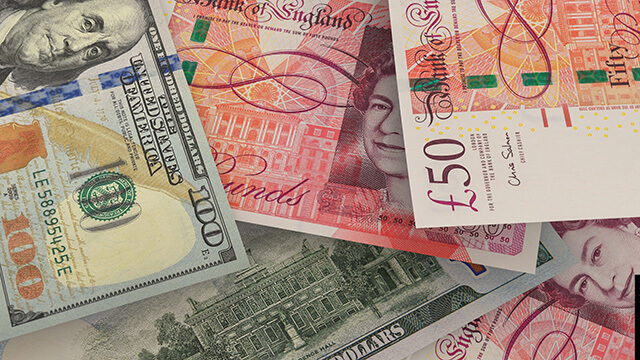
 561
561
GBP/USD Reaches 45-Month High Amid Dollar Weakening and Market Uncertainty
The GBP/USD currency pair has surged to its highest level in approximately 45 months, driven primarily by a broad weakening of the US dollar. The decline in dollar strength has lifted sterling into territory not seen since late 2021, with the pair trading above 1.3780. This marks a sustained rally, as GBP/USD has closed higher for five consecutive months, aligning with continued downward pressure on the US dollar across multiple markets.
Market traders are increasingly focused on upcoming economic indicators and geopolitical developments. This week, the schedule includes the U.S. Nonfarm Payrolls report, expected to show a slowdown in employment growth from previous months. Investors are also watching for any revisions to past employment data, which could influence expectations for future Federal Reserve policy adjustments. The report’s release is scheduled ahead of the U.S. holiday on Friday, potentially offering an early insight into the health of the U.S. labor market.
Contributing to the dollar’s weakness are concerns over trade policies and fiscal matters. Trade tensions persist amid signals from the U.S. administration about imposing tariffs and engaging in trade disputes. Recently, political discussions included plans for substantial federal budget increases, which are expected to expand U.S. debt over the coming decade. These fiscal developments — alongside trade rhetoric — have heightened uncertainty, further dampening domestic currency confidence.
From a technical perspective, the recent rise in GBP/USD has pushed prices well above key trendlines and the 200-day exponential moving average, around 1.3080. However, technical indicators suggest the pair may be overheating. With the currency trading at overbought levels, there is a possibility of a short-term correction or pullback in the near future.
The British Pound remains heavily influenced by economic data and monetary policy outlooks. The Bank of England’s decisions on interest rates, aimed at maintaining inflation around 2%, will continue to shape the currency’s trajectory. Strong economic indicators could prompt rate hikes, further strengthening the Pound, whereas subdued data might lead to softer prices. Overall, the currency markets remain highly sensitive to macroeconomic releases and geopolitical developments in the coming weeks.














